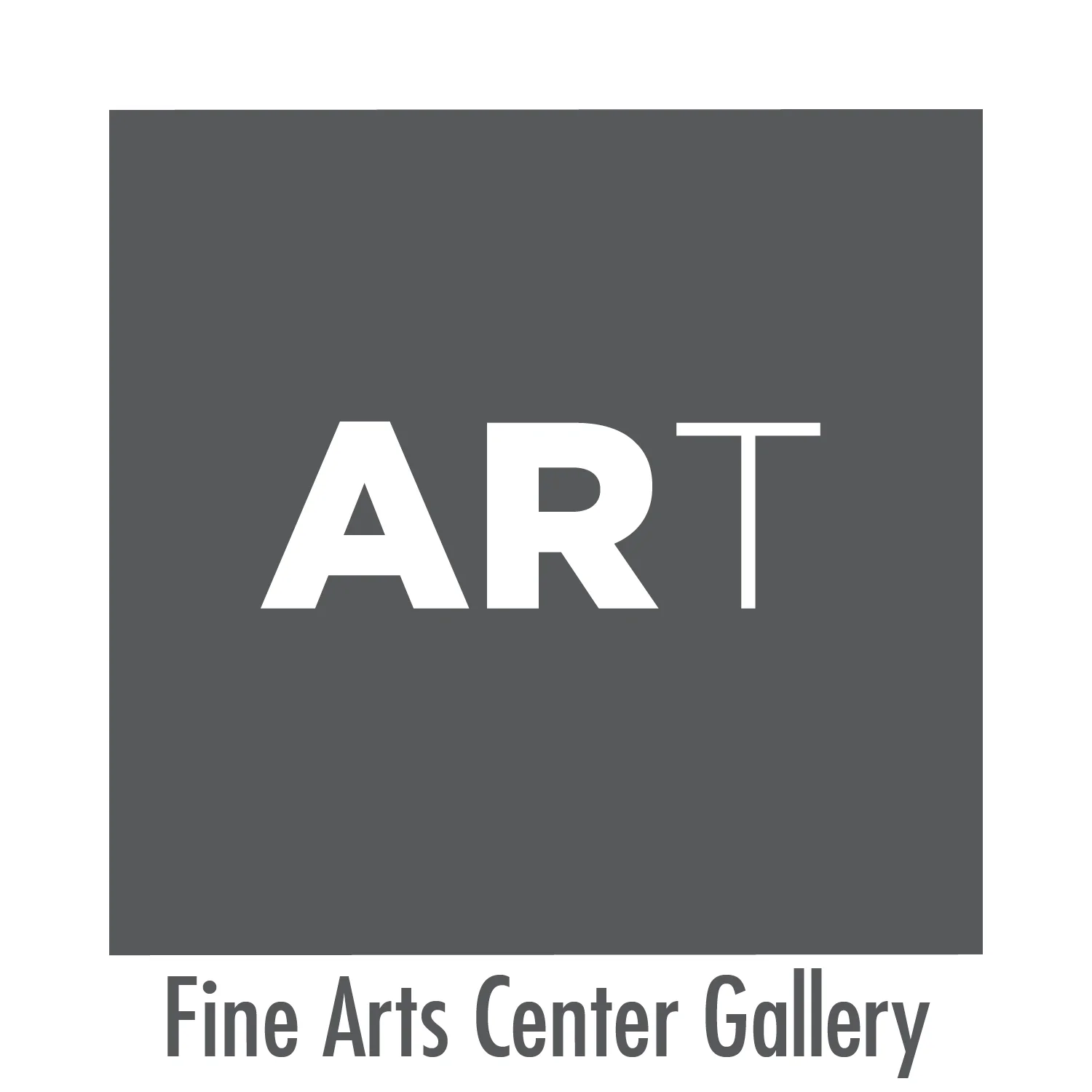Decoy
October 25 - December 8, 2019
Reception: Friday, October 25th from 5-7pm
“The world is filled to suffocating. Man has placed his token on every stone. Every word, every image, is leased and mortgaged. We know that a picture is but a space in which a variety of images, none of them original, blend and clash. A picture is a tissue of quotations drawn from innumerable centers of culture. Similar to those eternal copyists Bouvard and Pechuchet, we indicate the profound ridiculousness that is precisely the truth of painting. We can only imitate a gesture that is always anterior, never original. Succeeding the painter, the plagiarist no longer bears within him passions, humours, feelings, impressions, but rather this immense encyclopedia from which he draws. The viewer is the tablet on which all the quotations that make up a painting are inscribed without any of them being lost. A painting’s meaning lies not in its origin, but in its destination. The birth of the viewer must be at the cost of the painter.”
-Sherrie Levine, ‘“Statement” [incorporating appropriated phrases from sources such as Roland Barthes’ essay “Death of the Author”], 1982. Style (March 1982), 48.*
Philosophers and critics have long debated the relationship of art, in all forms, to the images, technologies, and traditions that inform its creation. This longstanding polemic was especially pronounced for much of the twentieth century. However, by the mid-to-late twentieth century scholars such as Roland Barthes, Jean Baudrillard, Walter Benjamin, Douglas Crimp, Guy Debord, Isabelle Graw, Michael Newman, and Craig Owens would examine the reuse and recycling of pre-existing images. Each of these individuals produced a great amount of scholarship that investigates their unique and specific engagement with the philosophies of making and history. Artists working today continue their queries, plumbing the meaning and impact of appropriation, and of what Baudrillard called the “simulacrum,” or the copy for which there is no original. Even with the use of existing images occurring regularly, contemporary artists face new challenges that are still rooted in the unresolved histories and images that have proceeded them.
The artists in the exhibition DECOY explore appropriation and, in so doing, link its complicated trajectory to the history of art making. Tauba Auerbach, who operates a traditional studio as well as a publishing entity called Diagonal Press, interweaves source material into objects that challenge traditional formats and interpretations. Trudy Benson’s abstract paintings present imagery that references early digital software such as Corel Painter to both question and celebrate the aesthetic. Known for her acknowledgement and use of commercially produced materials within her artwork, Tara Donovan exploits a viewer’s perception of item such as shattered glass or a Slinky© only to upend the understanding within the artwork.
The sculptor Corin Hewitt creates work that is rooted in history, performance, and architecture. Working with a variety of materials, Hewitt recreates existing objects with the hope of soliciting an experience that questions what is real or a facsimile. The paintings of Jered Sprecher are unique in their ability to straddle both a digital and painterly aesthetic. Whether using a photograph of a bird or a figures reflection in a window, he splices traditional and newfangled techniques to create an artistic Ouroboros. It’s this notion of wholeness that lies at the center of DECOY; each artist has found unique ways to connect to the history of existing images or objects while still allowing for the ever-changing cultural landscape to present new and compelling hurdles.
* This special issue of Style doubled as the exhibition catalogue for Mannerism: A Theory of Culture, on display at the Vancouver Art Gallery, March 27–April 25, 1982.

Trudy Benson, Dot, Diamond, Dash, 2012. Oil, acrylic, and flashe on canvas. 78 x 82 x 4 in. Courtesy of the artist. Collection of Suplee & Sons, Studio City, CA.

Diagonal Press / Tauba Auerbach, Reciprocal Score, 2015. 10lb plotter cut Bristol paper, hand stamped with custom rubber stamps, cotton twill tie binding. Courtesy of the Diagonal Press. Collection of the School of Art

Tara Donovan, Untitled, 2015. Relief print from Slinky matrix on paper. 20.5 x 22 in. Courtesy of the artist and Krakow Witkin Gallery, Boston.

Jered Sprecher, 8.25 minutes, 2017. Oil on linen. 76 x 56 in. Courtesy of the artist and Gallery 16, San Francisco.

Corin Hewitt, Wall, 2010. Single-channel video. 1hr 12 mins 40 secs. Courtesy of the artist
